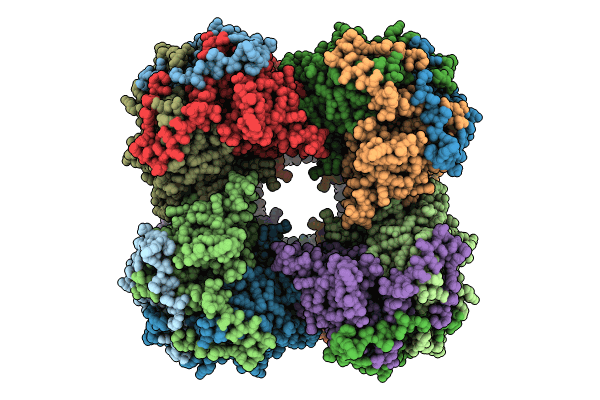
Deposition Date
2023-04-13
Release Date
2024-02-07
Last Version Date
2024-02-21
Entry Detail
PDB ID:
8ORB
Keywords:
Title:
24-meric catalytic domain of dihydrolipoamide acetyltransferase (E2) of the E. coli pyruvate dehydrogenase complex.
Biological Source:
Source Organism:
Escherichia coli (Taxon ID: 562)
Host Organism:
Method Details:
Experimental Method:
Resolution:
3.25 Å
Aggregation State:
PARTICLE
Reconstruction Method:
SINGLE PARTICLE


